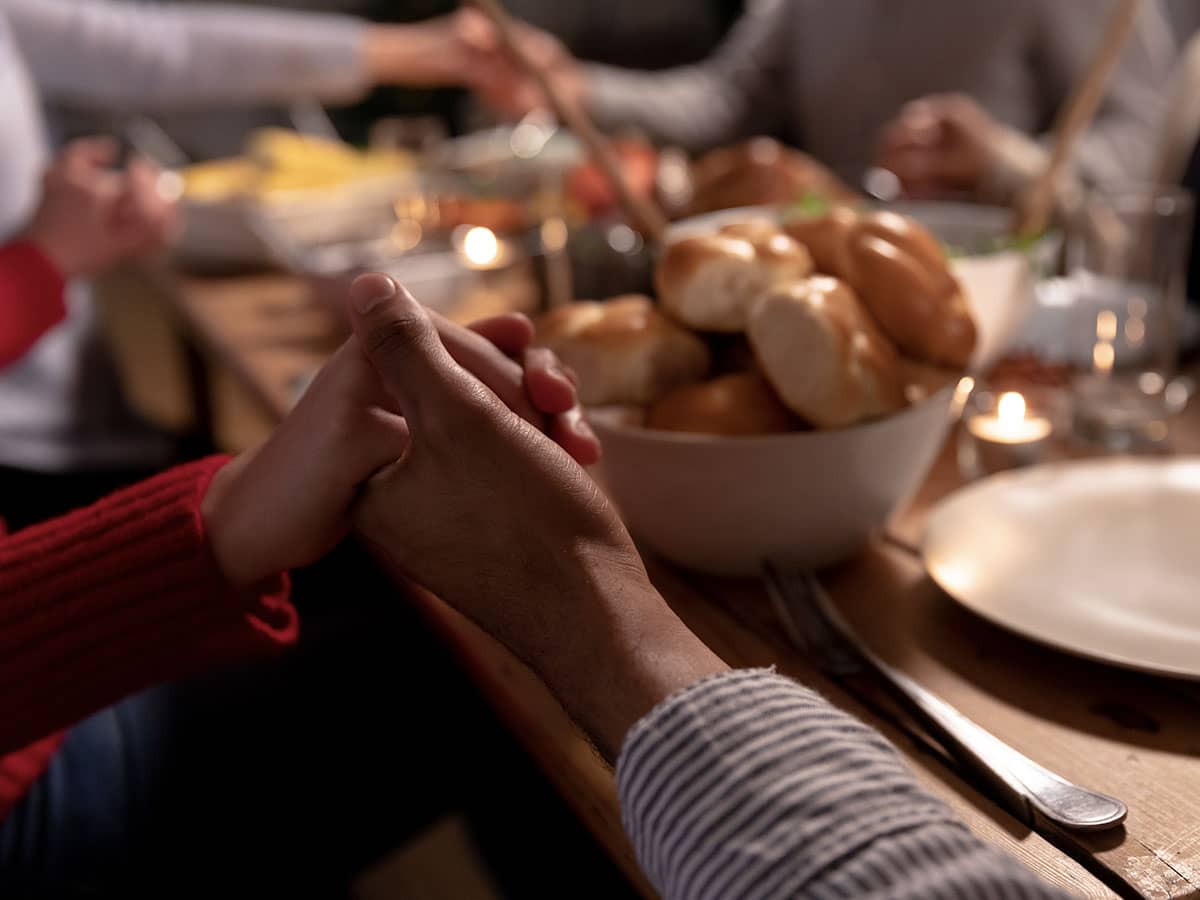
There is hardly a society on Earth that does not go out of its way to honor maternity, its primary source of sustainability. The Western World’s most beloved statue is Michelangelo’s mother and child, called Pieta, the Italian word meaning mercy, compassion, humaneness. The Chinese word good is a mother and baby hieroglyph. Cultures embrace birth, the most profound and pivotal human event, with ceremonies for the newborn and special care for the new mother. Certain foods are believed to protect and nurture both of them.
Japan
When their baby is 100 days old, Japanese parents perform the traditional Okuizome ceremony to signal hope the child throughout its entire life span is always blessed with plenty of good food and never knows hunger. Okuizome means “first meal” and it is typically an elaborate banquet of dishes such as Sekihan (red beans with sticky rice) that is very popular for auspicious occasions and Sea Bream with head and tail intact because its Japanese name Tai has the same pronunciation as the word for happy/joyous, making this particular fish a symbol of wealth and prosperity. A clear soup and pickled vegetables-- staples of any Japanese meal, are also served. Of course, the baby can’t eat any of it. It just gets milk while the parents and grandparents consume the feast in its honor.
Korea
After delivering the baby, South Korean women get a bowl of seaweed soup, miyeok guk, at every meal. The significant amount of calcium and iodine in the seaweed is believed essential for restoring the postpartum body to full strength, and for stimulating the flow of mother’s milk. Often, this same seaweed soup is also served on the baby’s first birthday as a reminder of its entry into the world.
Jordan
After giving birth, women in Jordan traditionally avoid consuming anything cold. They believe a new mother’s bones may have been opened or softened during delivery, so exposure to cold when the bones have become vulnerable could put her at risk for eventual rheumatism or arthritis or worse orthopedic problems. A new mother’s food and drinks are hot for another reason too: hot foods are thought to help stimulate her milk supply.
India
The “First Rice” ritual, Annaprashan, is still traditional in parts of India, especially Bengal, and Nepal, where rice remains the main staple and sustenance.
Annaprashan literally means "food feeding" or "eating food", and it usually takes place when a baby is six months, on the specific day a Hindu priest declares auspicious. The baby’s mother or grandmother prepares a small bowl of soft rice pudding, kheer, which is then blessed in a short puja. With the baby seated in its mother’s lap, a senior male member of the family offers a tiny spoonful. Then one by one other family members step up to offer the child their spoonful. A huge feast of celebration welcomes the baby into the circle of relatives, neighbors and friends.
Ireland
Israel
Baby boys are ritually circumcised on their eighth day of life to signify their covenant with God and fealty to the tribes of Israel. At that time, they also receive Hebrew names. A Hebrew name ceremony for baby girls can take place at any time. Celebratory feasting to welcome the baby into the family follows both rituals. The banquet traditionally includes the symbolically braided bread, challah. It may also include dairy products, honey and almonds because these represent childhood, growth and the sweet life everyone wants for the baby. Especially at the birth of a first son, round foods such as bagels, chickpeas and hard-boiled eggs may also be served as reminders of the ongoing life cycle that started in the roundness of the womb. Serving any of the seven foods with which the land of Israel was originally blessed—wheat, barley, grapes, figs, pomegranates, dates and olives--signal hopes the child will grow to a nurturing and prosperous adult.
Sandra Garson is the author of Veggiyana, the Dharma of Cooking and How to Fix a Leek and Other Food From Your Farmers’ Market. As a longtime student of Tibetan Buddhism and well-known cook for Dharma centers from Maine to Mongolia, she became the first food historian to explore the Buddha’s influence on how the world now eats. This led to exploration of more religious beliefs about food.

